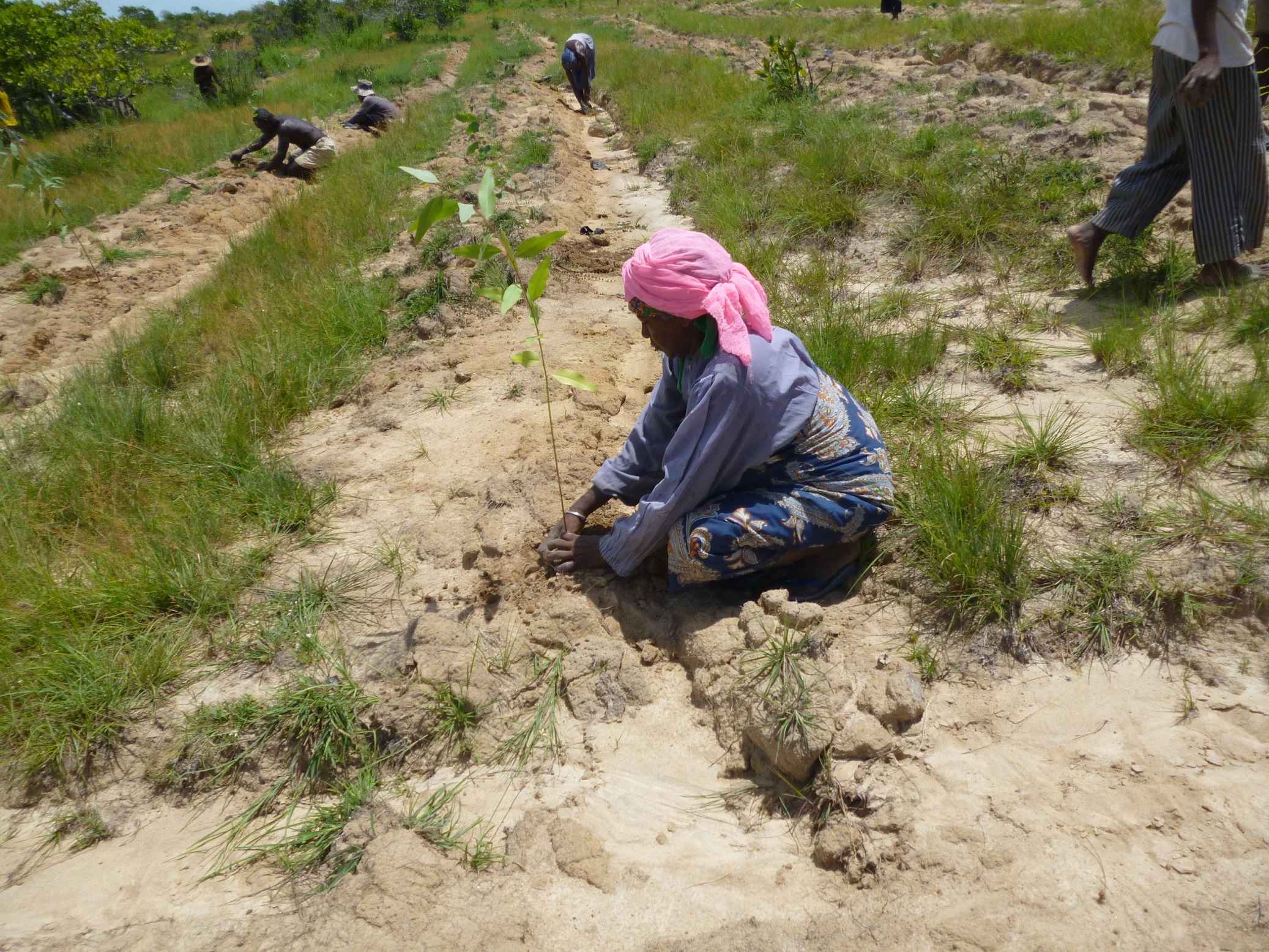

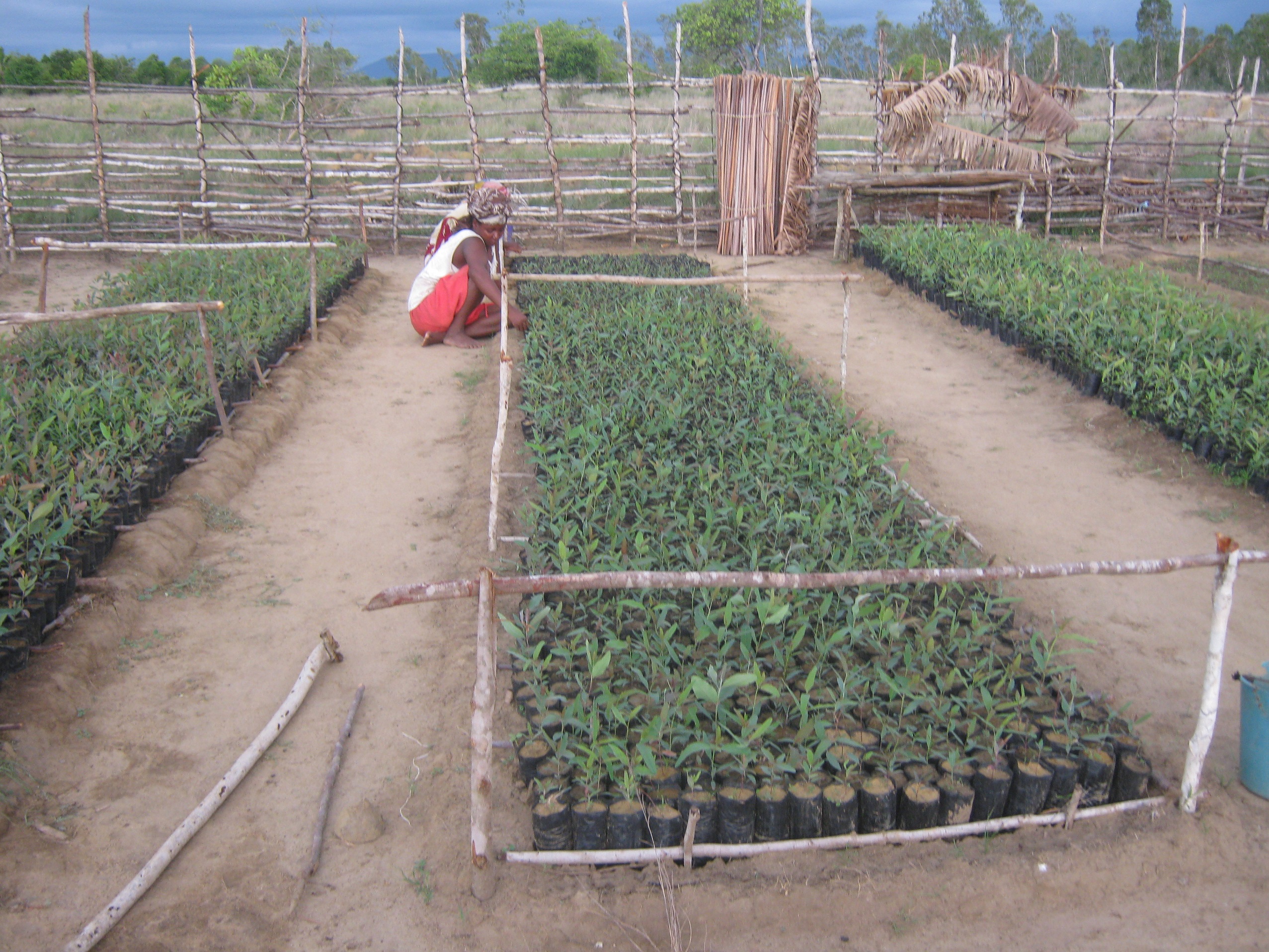
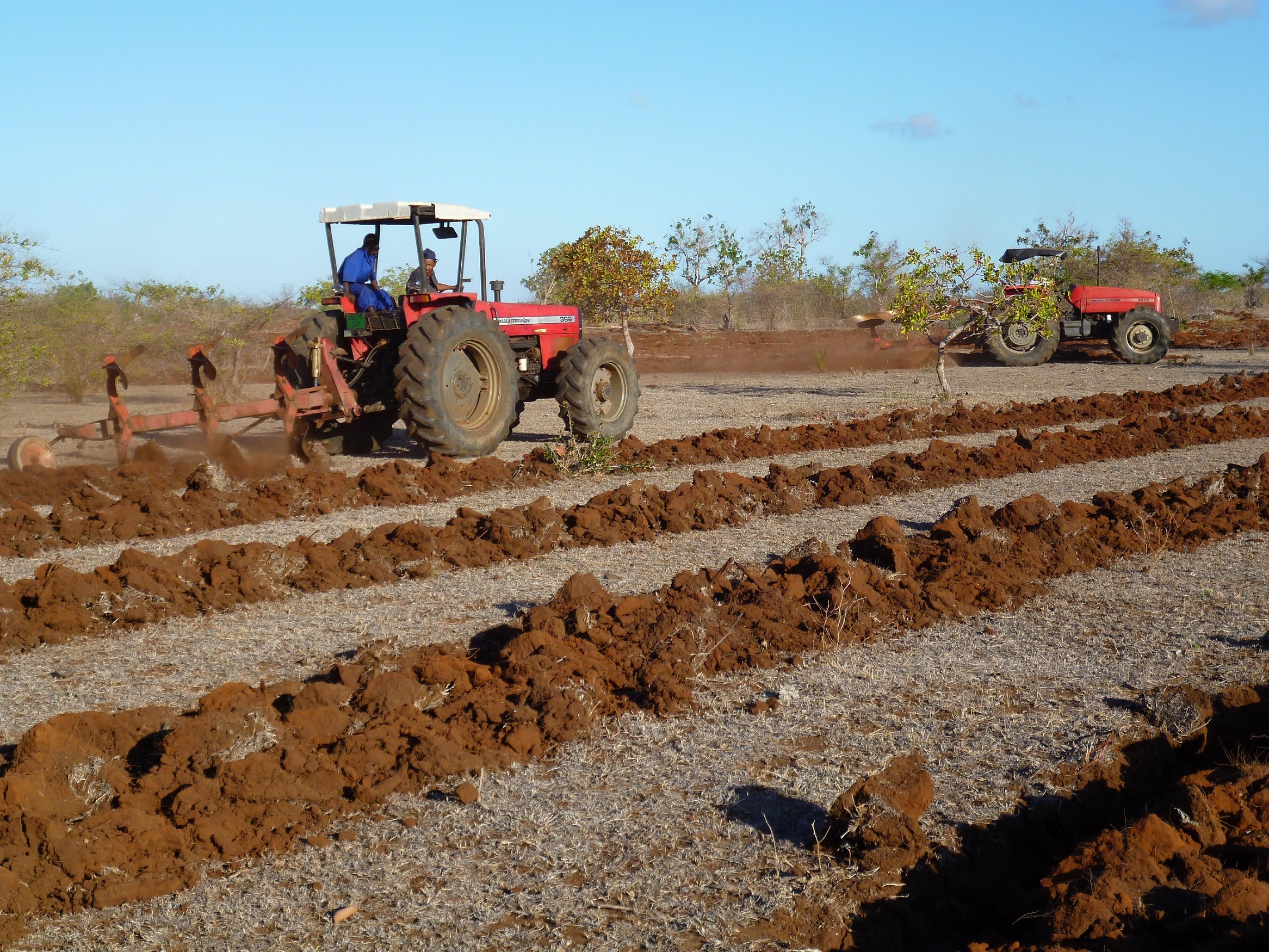
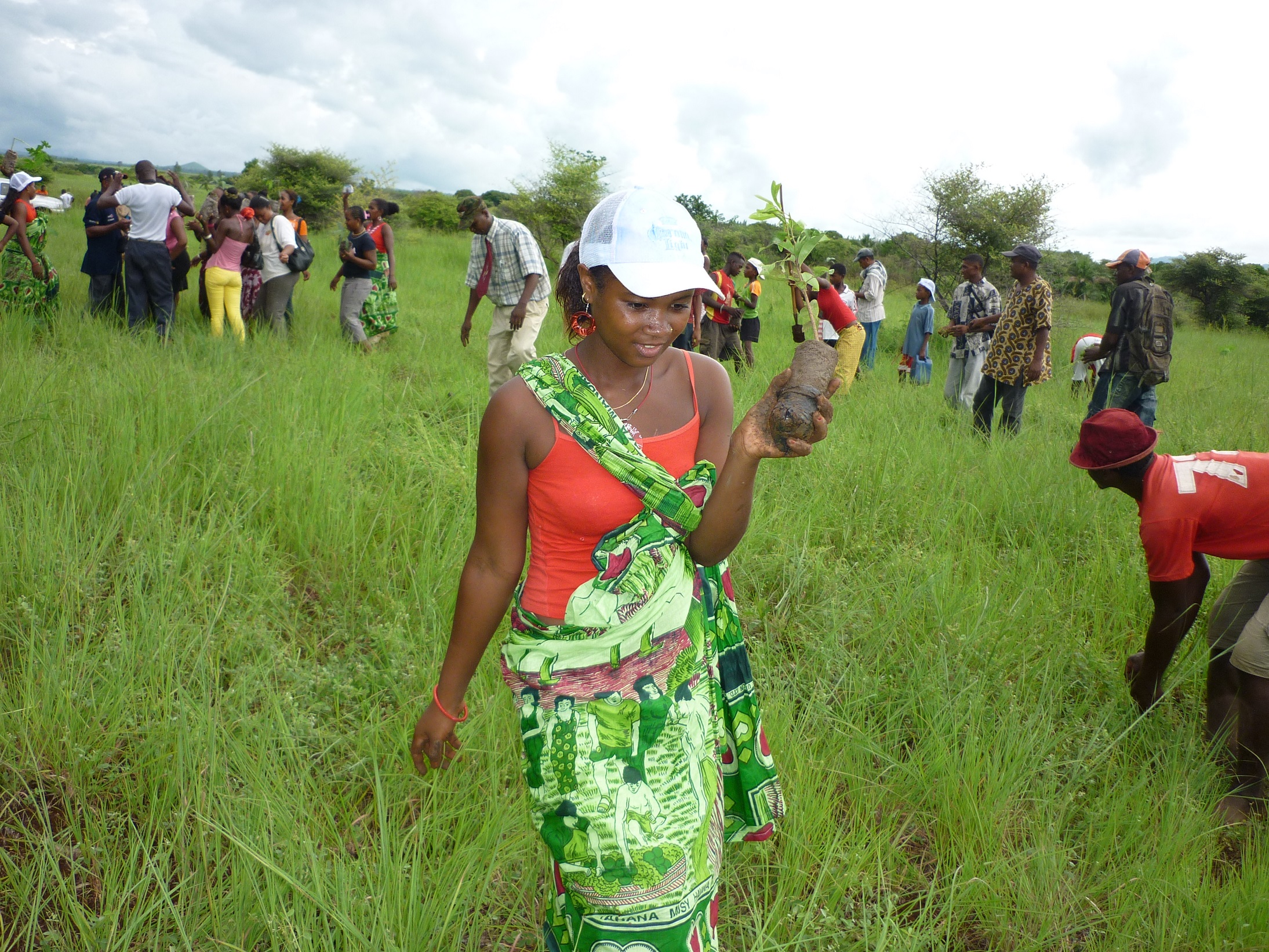
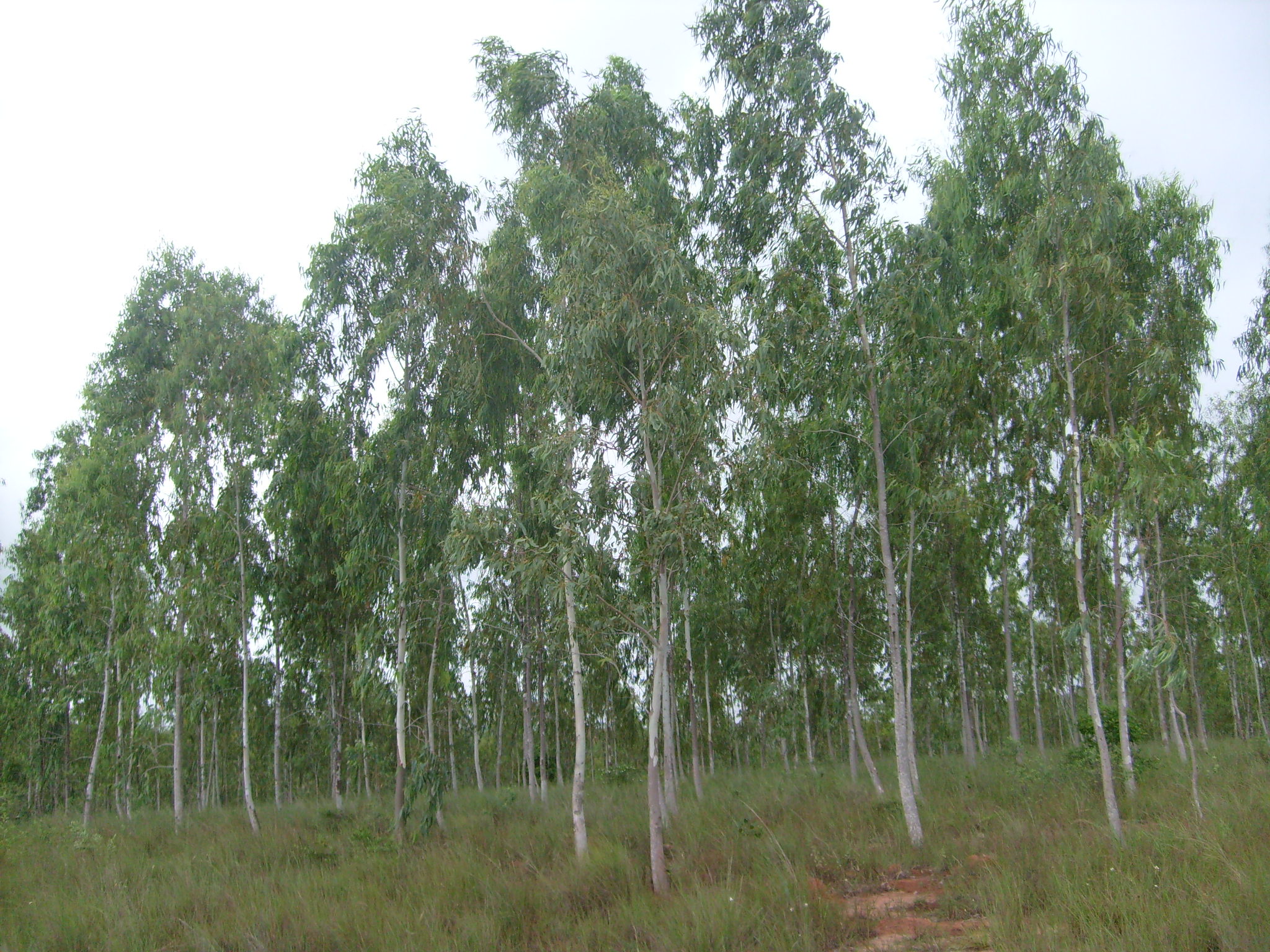
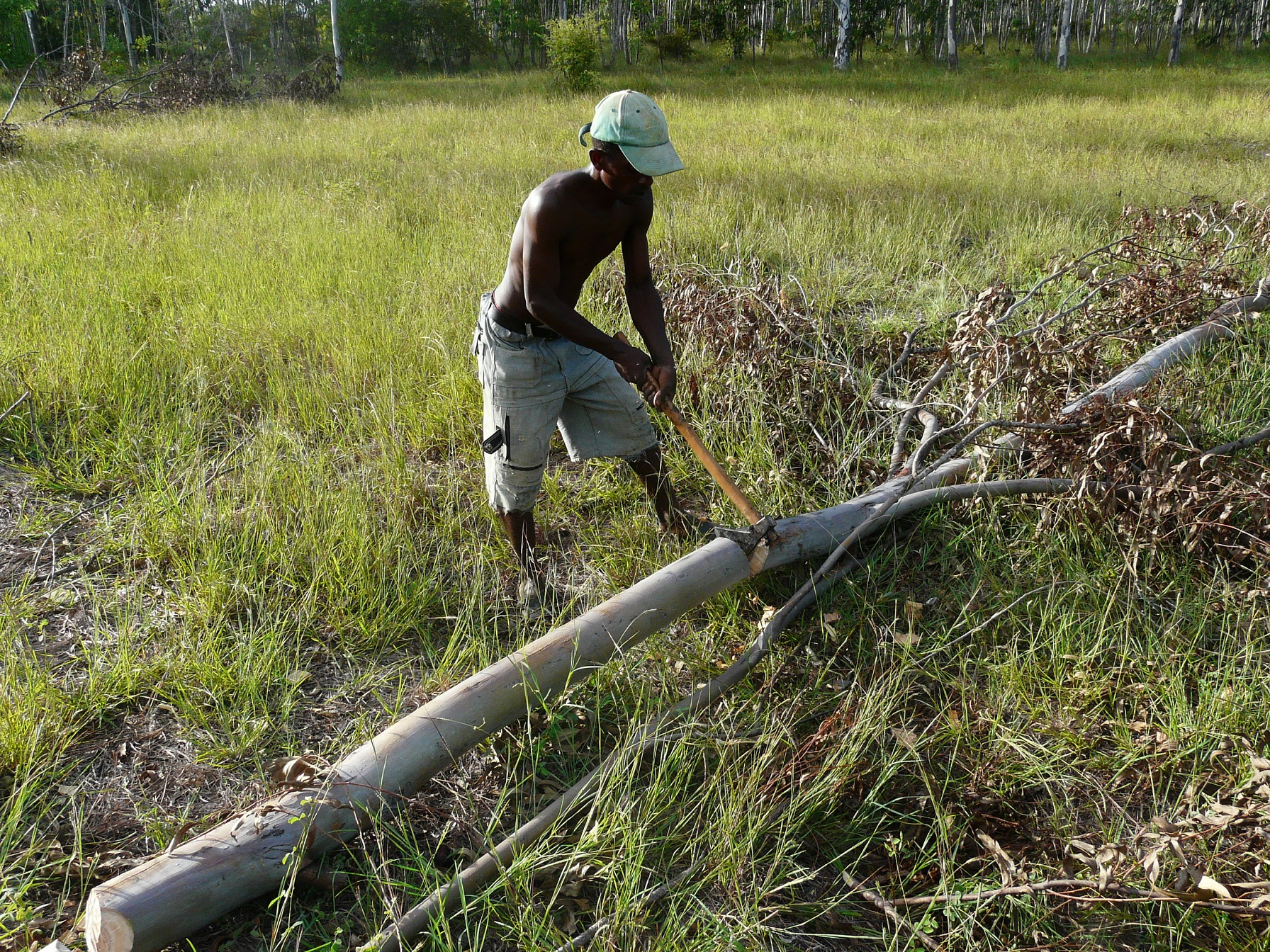
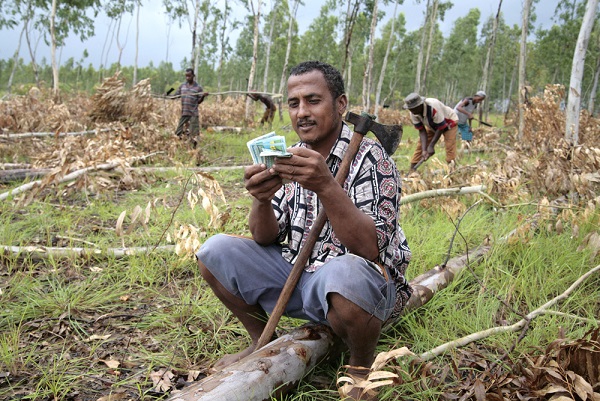
Planting of fast growing trees is coupled with training of personnel for managing nurseries and forests according to fixed quality standards.
Each plot is demarcated, mapped, and documented with the communities’ approval. Technical assistance is provided by specially trained NGOs in 21 months period: (i) awareness raising and social mobilisation (3 mos.); training, planning & implementation (8 mos.); self-management (10 mos.).
Choice of tree species was based on: short rotation cycles (4-7 years), resistance against climatic fluctuation, suitability for machine processing, especially on slopes, and their potential to contribute to erosion control. GIZ provided technical and administrative support on equipment and seeds needed. Woodlots were successfully planted as buffer zones around protected areas and mangroves. Further important sites for planting are watercourses and corridors on the routes of migrating fauna. Local residents now extract their wood supplies from the plantations.
Nursery operations are collectively organised; plantation and maintenance are the plantation owners’ responsibility.
- Involvement of municipalities allocating degraded land for reforestation purposes, securing long-term ownership rights to plot owners (communal decree) and supporting individual land titles through their local land registry offices
- Long-term land tenure rights
- Voluntary participation of communities
- Involvement of regional administration to identify potential reforestation sites into their regional land use planning
- Technical assistance by certified NGOs
- Choice of reforestation areas was deliberately on degraded areas without any agricultural potential to prevent later competition and use conflicts
- Sites were included in spatial planning & regional development plans in co-ordination with a multidisciplinary panel of public and private institutions
- Mechanised soil preparation along contour lines by tractors increased percolation of rainwater and ensured higher survival rates of seedlings
- Investment costs per ha amounted to 225 € (incl. labour investment of farmers) of which 66% are borne through technical assistance
- Rehabilitating formerly degraded land & management, promotes stewardship by communities and creates incentives for sustainable approaches in forestry
- Reforestation of degraded sites not only reduces pressure on existing forest resources, but also counters erosion and other impacts especially in close vicinity to protected areas